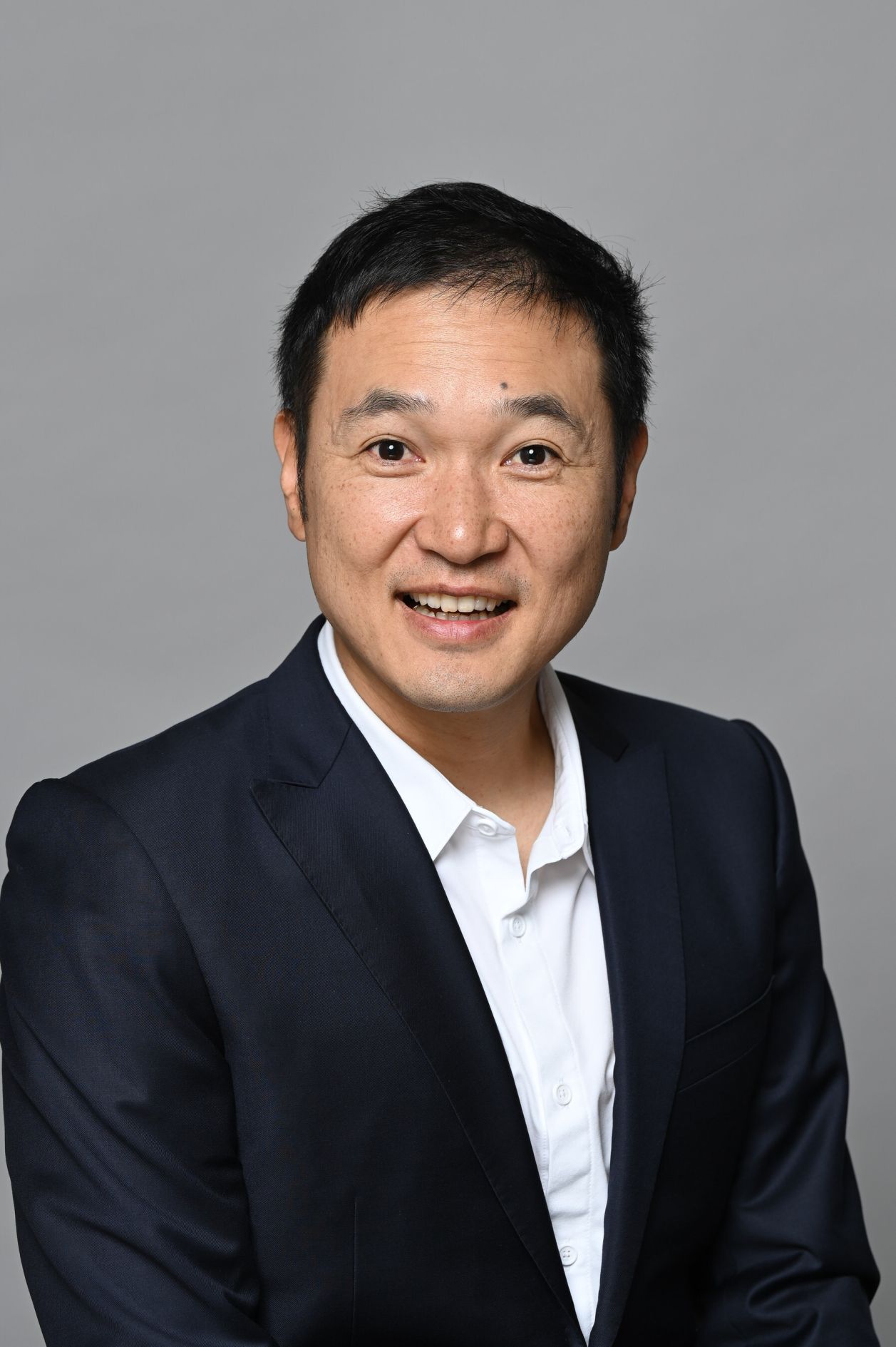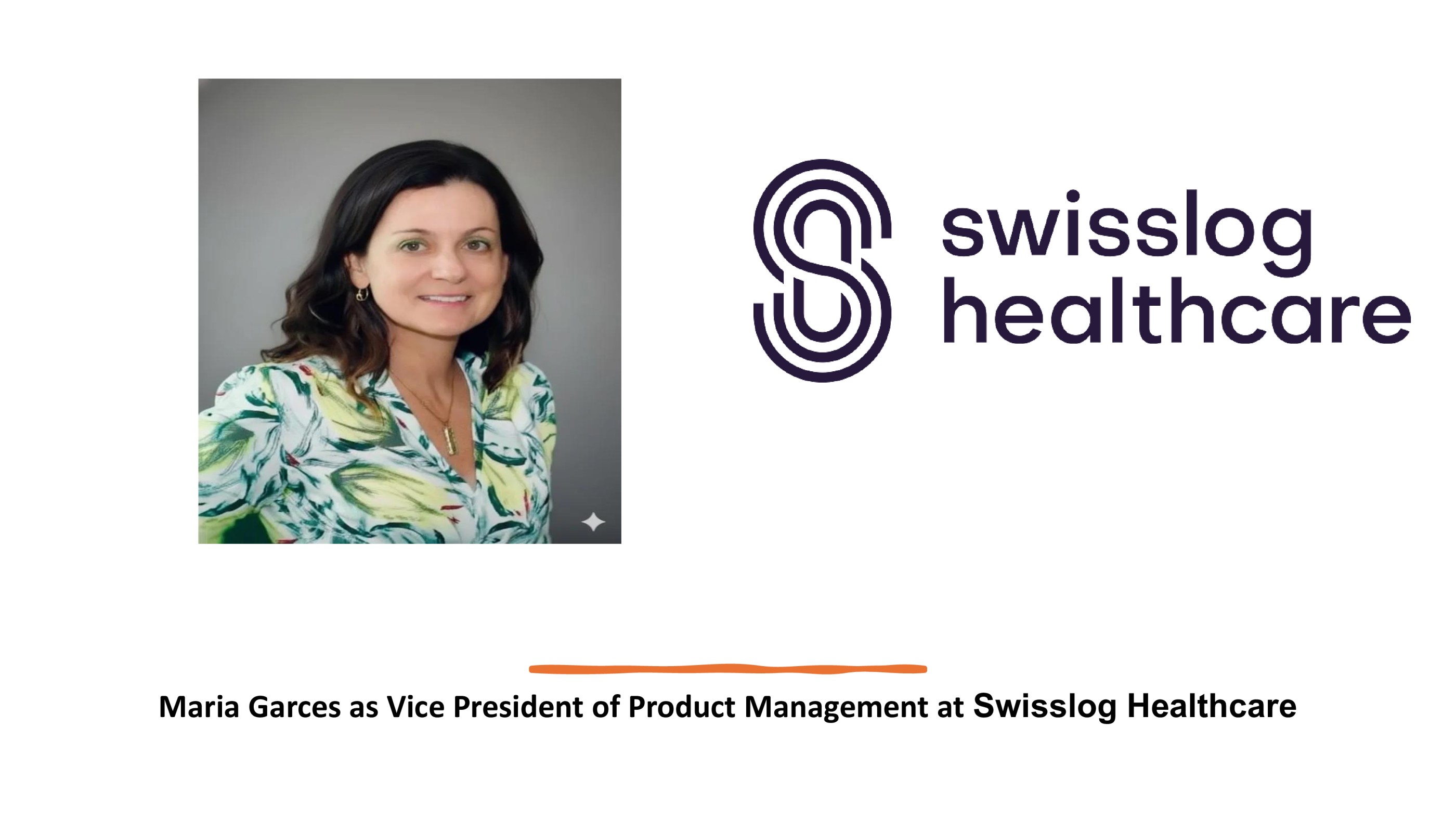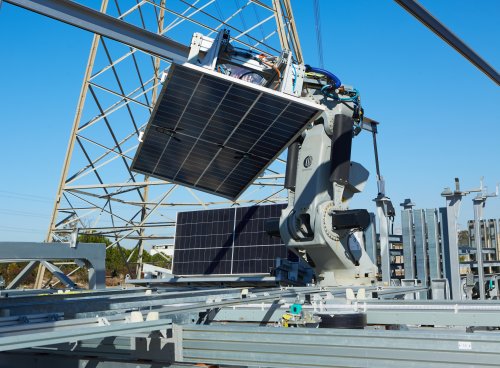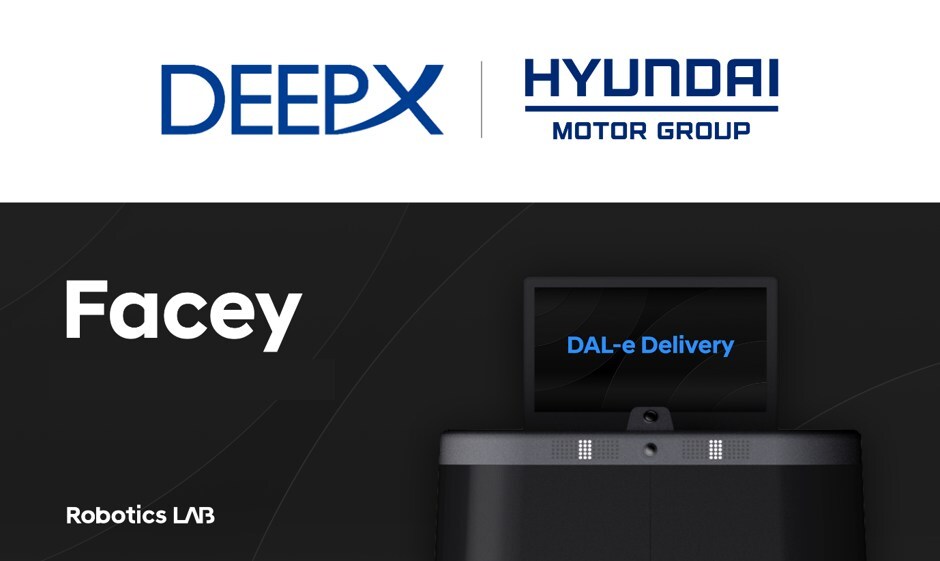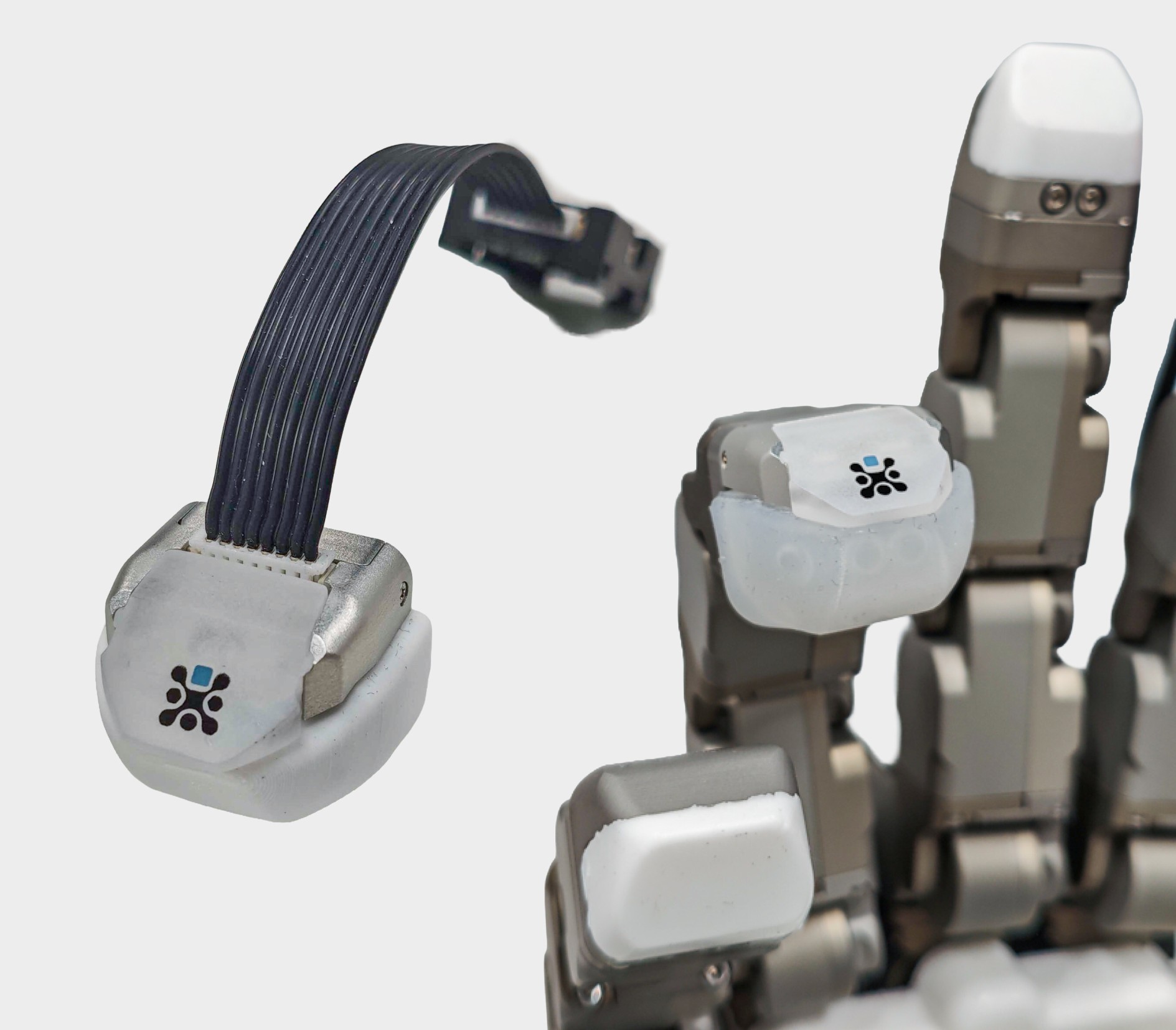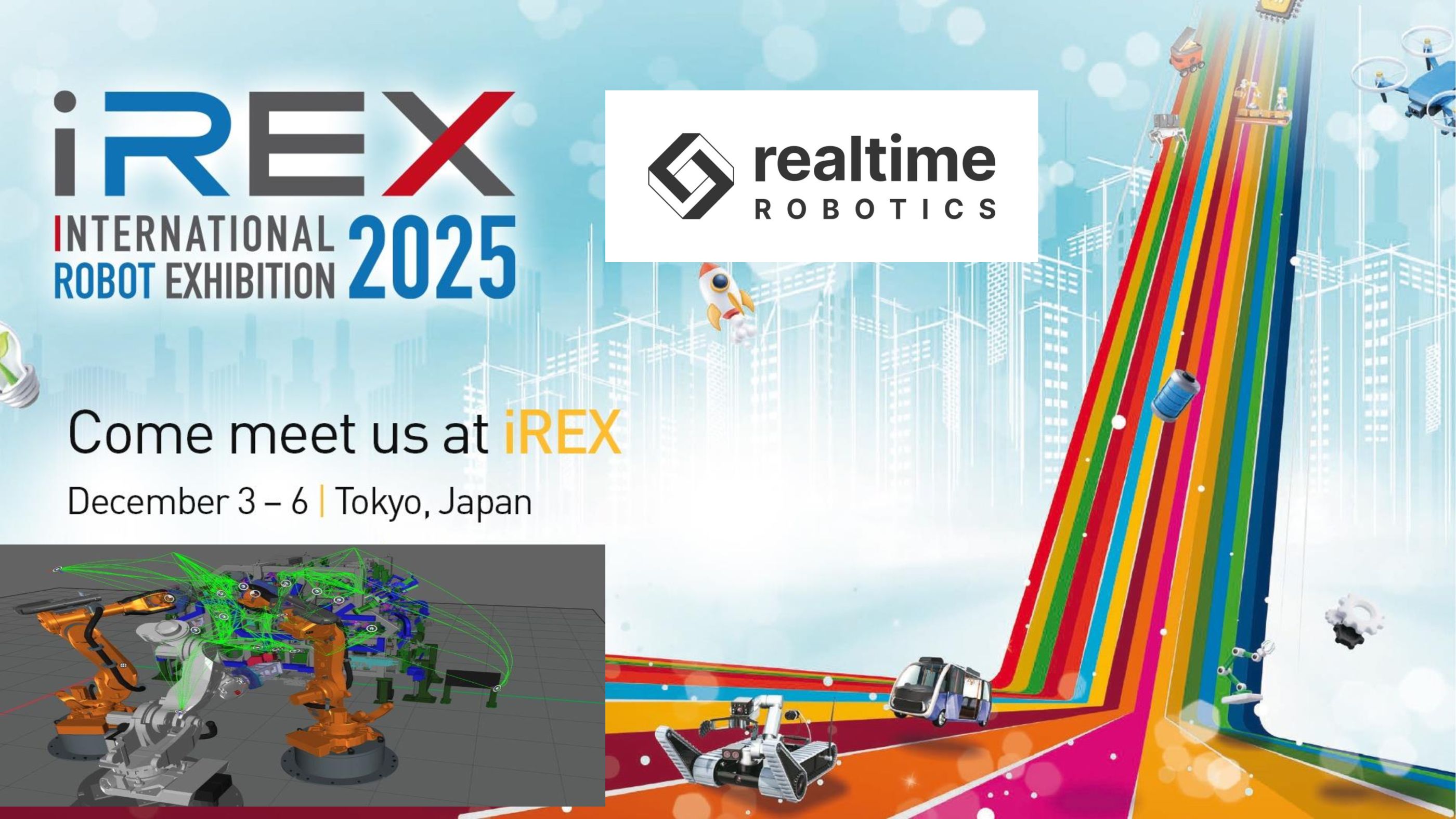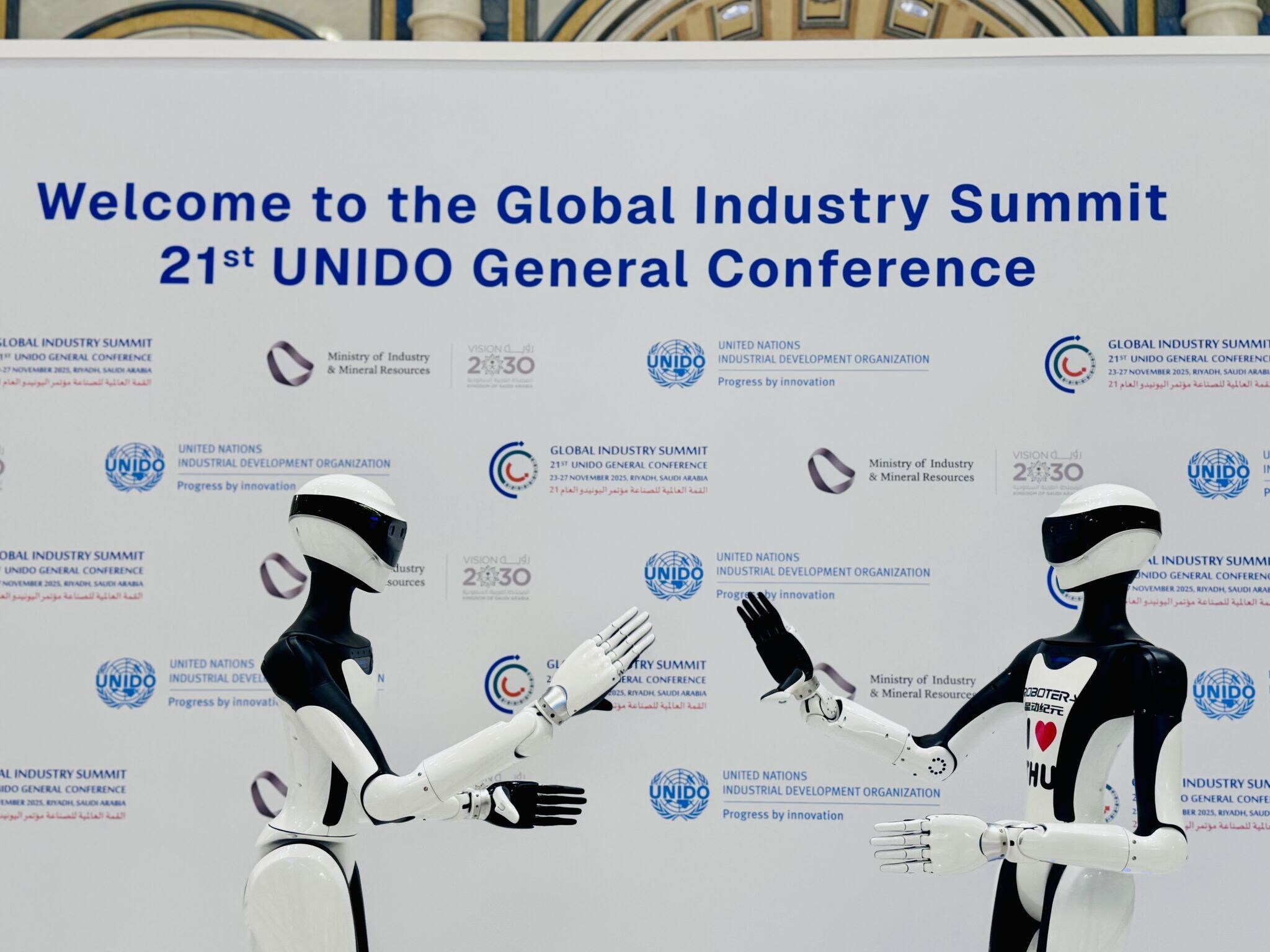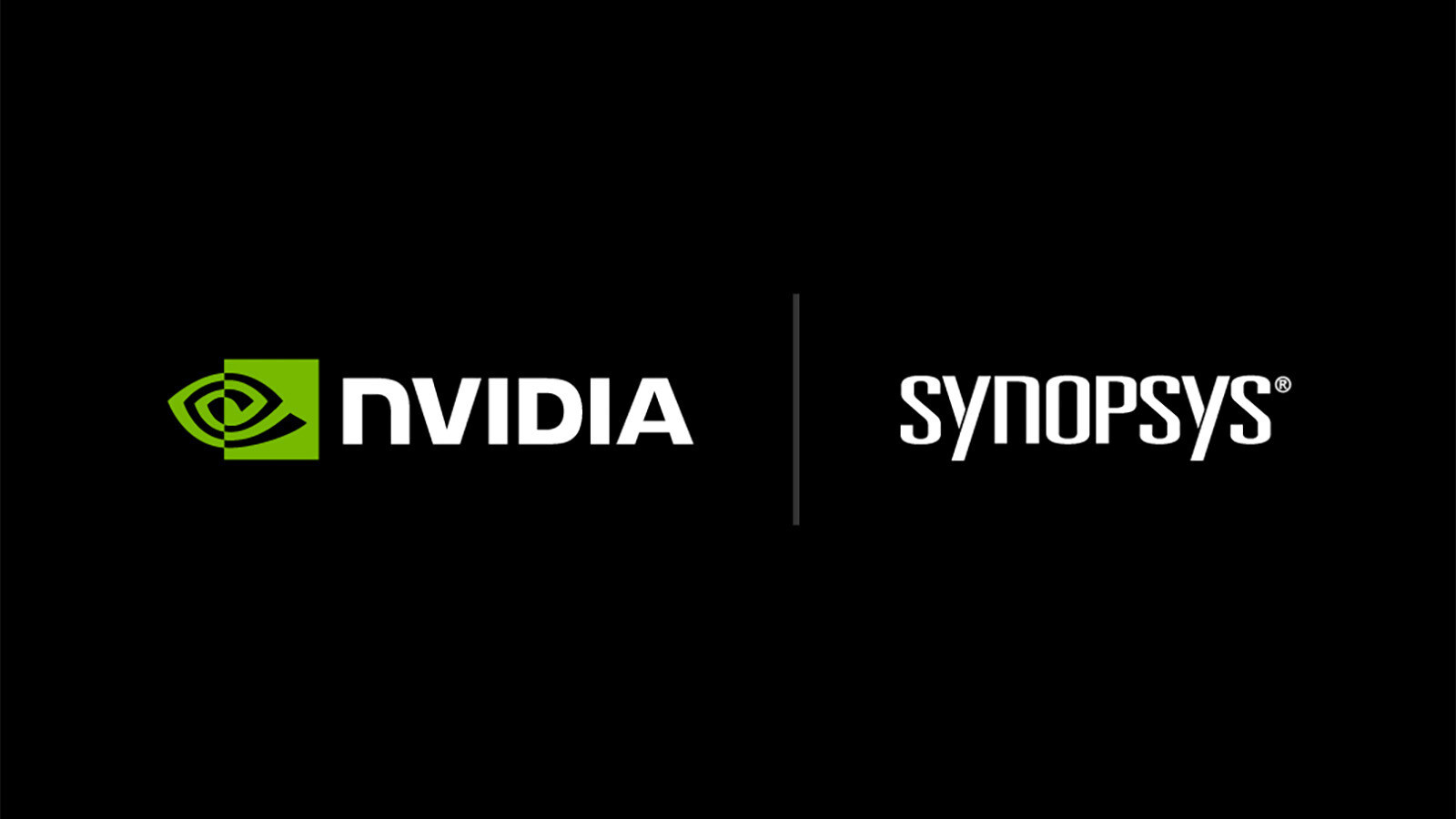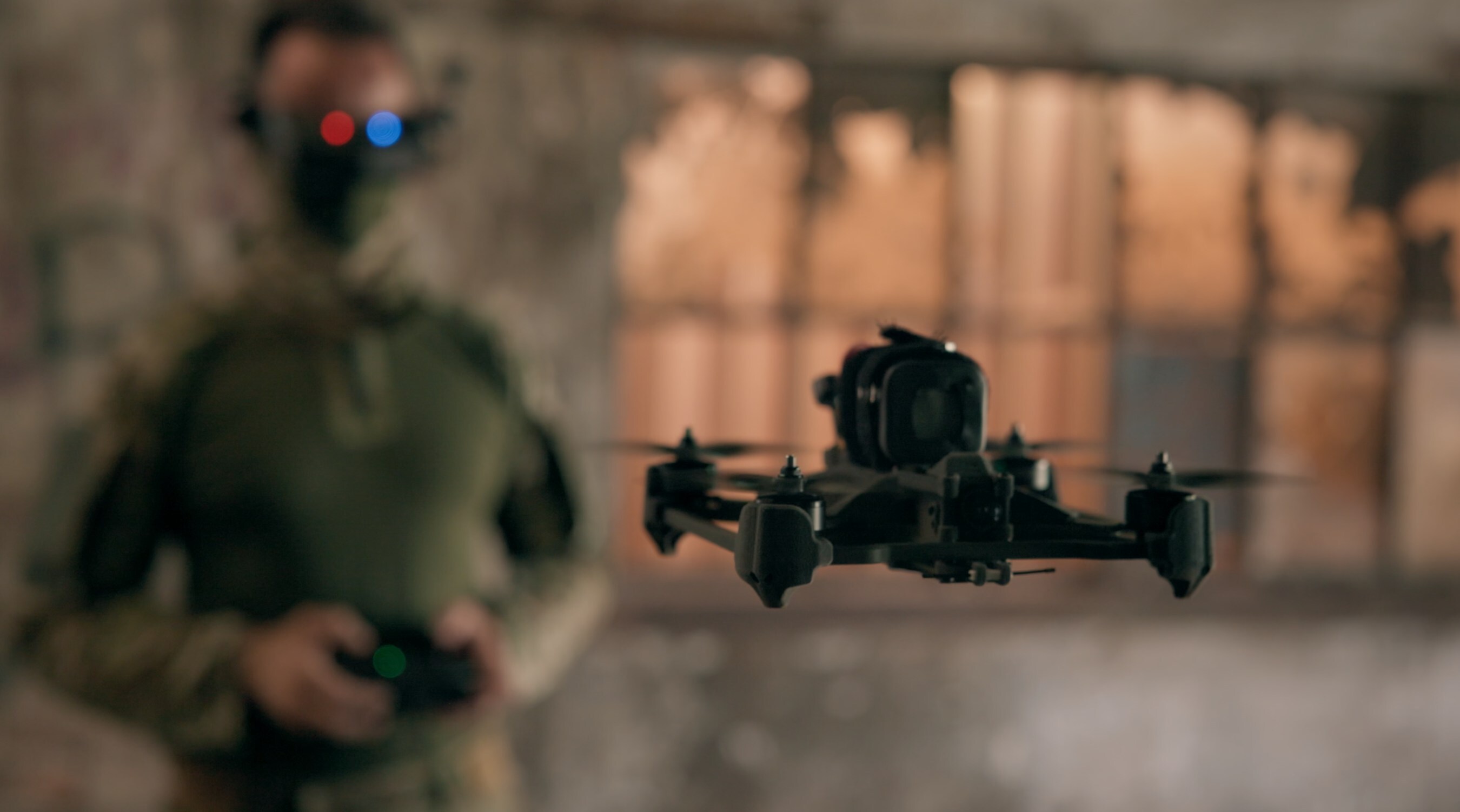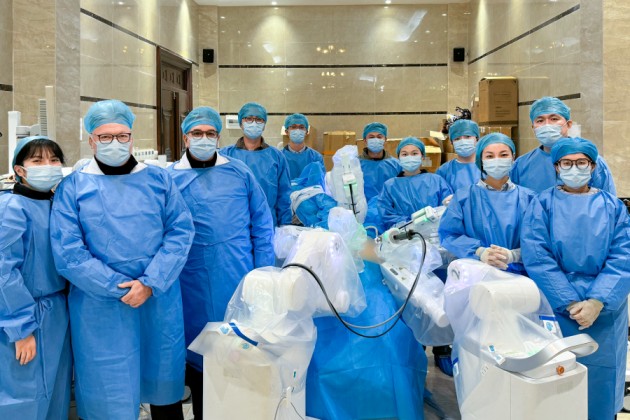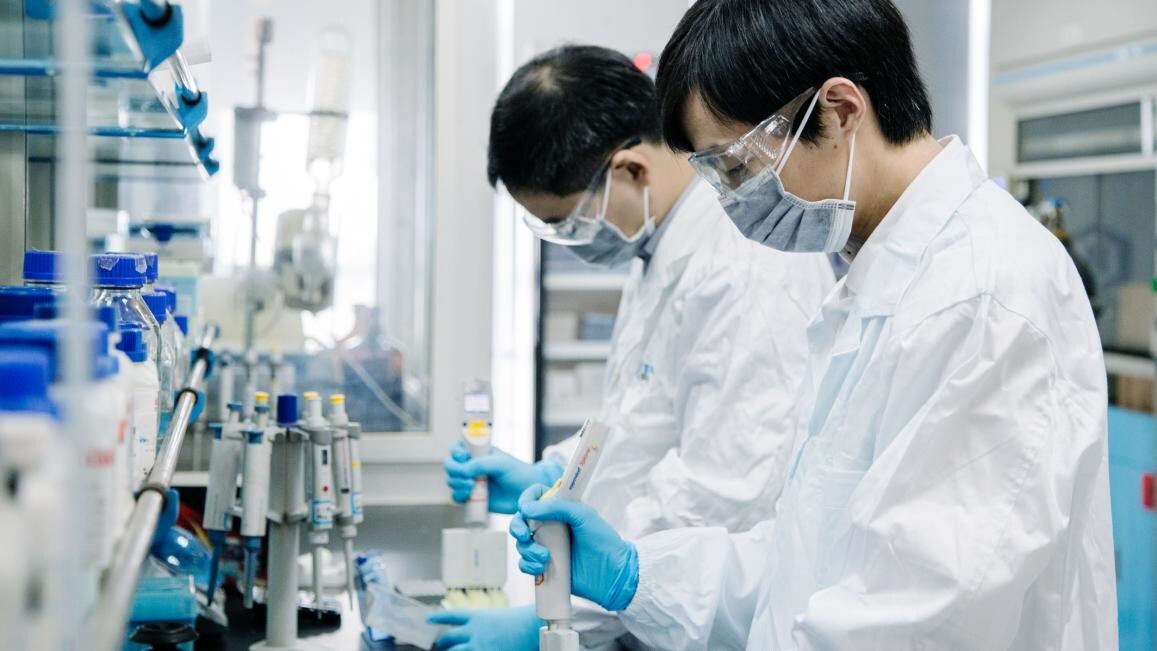SenseRobot President Mark Ma Discusses Human-Centered AI and Global Impact in Exclusive Interview with Robotics Business News
25 July 2025 | Interaction | By editor@rbnpress.com
In a compelling dialogue with Robotics Business News, Mark Ma shares how SenseRobot’s participation at the UN’s AI for Good Global Summit reflects its mission to blend precision robotics, inclusive education, and ethical innovation for a better world.
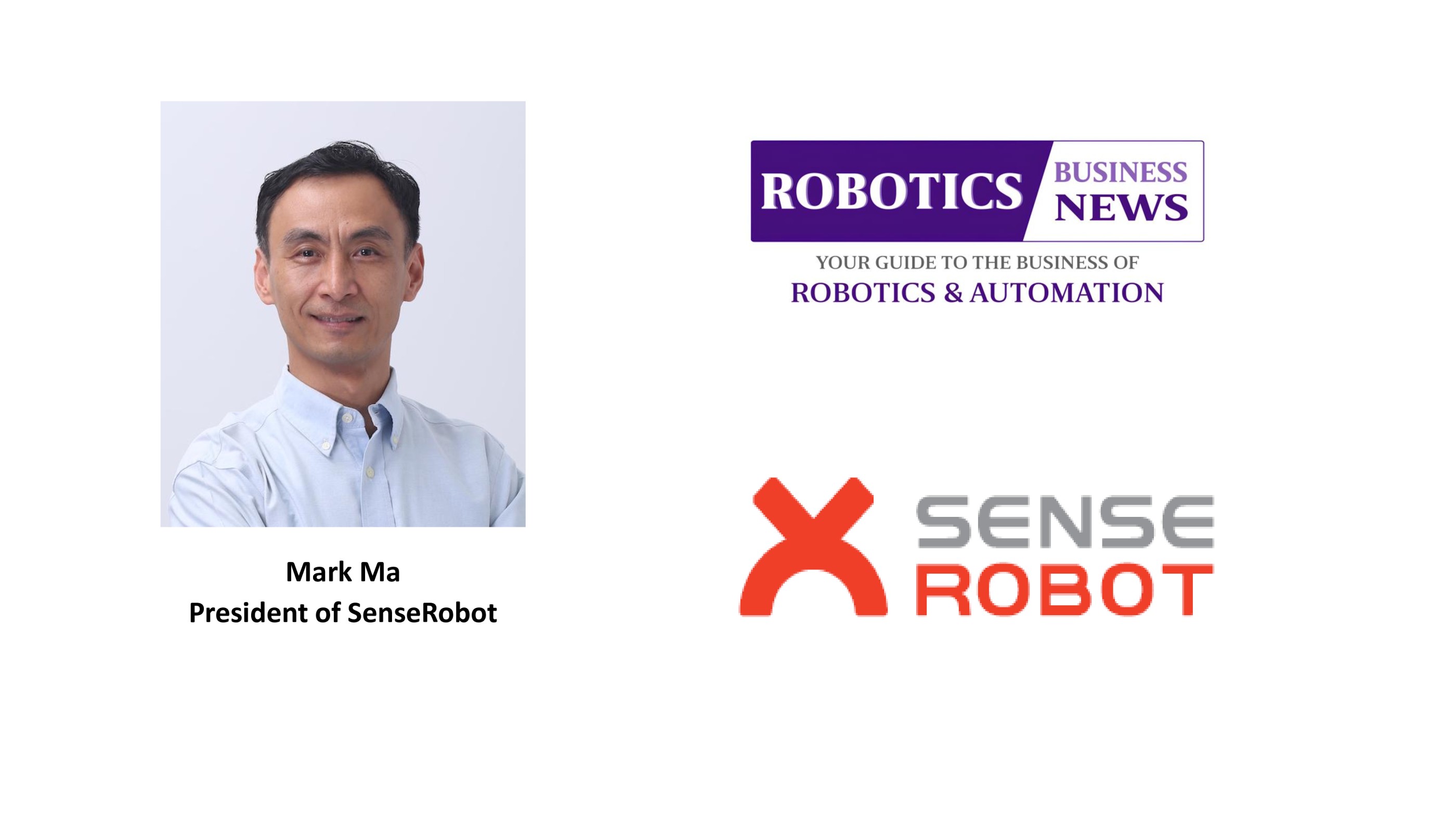
In an exclusive interview with Robotics Business News, Mark Ma, President of SenseRobot, opened up about the company’s participation in the United Nations–led AI for Good Global Summit and its vision for the future of human-centered AI. Ma explained that the summit’s guiding principle—Technology for Good—resonates deeply with SenseRobot’s mission to bring intelligent, interactive robotics into everyday life. From showcasing how AI-powered chess robots can support cognitive development and intergenerational learning, to advancing global dialogue on equity and ethical tech, Mark Ma emphasized three core goals: sharing practical AI insights, fostering international partnerships in education and elderly care, and highlighting China’s role in compassionate innovation. Through this platform, SenseRobot reaffirmed its belief that AI should not replace learning—but deepen it, making advanced technology accessible, meaningful, and human-first.
What motivated SenseRobot to participate in the United Nations–led AI for Good Global Summit, and what strategic impact did you hope to achieve?
This UN-led summit advocates for the principle of ‘Technology for Good,’ which resonates deeply with our mission to ‘bring AI into millions of households to enhance lives.’ Through this platform, we aim to achieve three strategic impacts:
- Share Practical Insights: Present our experiences in blending ‘Home AI with Chess Culture’ and engage in knowledge exchange with global counterparts.
- Foster Global Collaboration: Build partnerships worldwide to explore how AI can drive innovation in fields like education and elderly care.
- Showcase Chinese Innovation: Highlight the humanity of China’s innovations as a bridge for cross-cultural understanding and collective development.
Ultimately, we aim to translate the vision of ‘AI for Good’ into tangible changes that uplift everyday lives.
Can you explain how your chess-inspired robot uses AI vision and precision manipulation to create meaningful human learning experiences?
SenseRobot integrates cutting-edge AI vision technology and decision intelligence to deliver a household robotic arm with millimeter-level precision. Equipped with advanced perception-decision-execution algorithms, it achieves seamless hand-eye coordination, enabling precise tasks such as picking up chess pieces, human-robot chess matches, human-to-human gameplay support, and move recording and review. Designed for cost efficiency and safety, it ensures accessibility for families worldwide.
Through a dynamic blend of visual, auditory, and tactile interactions, SenseRobot ignites children’s learning enthusiasm, promotes eye health, and serves as an ideal companion for chess enthusiasts and learners.
During your session, “How Chess‑Inspired AI Can Empower Human Learning,” you asked whether AI can deepen rather than replace learning—how does SenseRobot embody that philosophy?
Upholding the philosophy of “deepening, not replacing learning,” SenseRobot is more than a technical tool—it’s an interactive partner bridging the virtual and real worlds. Through full-stack vision algorithms and 3D sensing technology, it precisely identifies chess pieces under diverse conditions. After eight hardware iterations, its robotic arm achieves human-like flexibility—“accurately picking up and steadily placing”—transforming abstract AI into an approachable while practical chess companion.
By integrating chess engine with the DeepSeek large model, SenseRobot delivers precise gameplay alongside clear, articulate chess instruction and commentary. Through reinforcement learning, it generates tiered chess proficiency data, matching learners of all levels with appropriate opponents for steady improvements.
At its core, SenseRobot is a user-friendly companion that senses, teaches, and grows alongside users. It enriches the human journey of exploring chess, making learning deeper, more efficient and meaningful.
With over 100,000 units shipped and adoption across more than 20 countries, how does SenseRobot measure educational and social impact in diverse communities?
For professional chess enthusiasts, SenseRobot is a partner in pushing intellectual boundaries, helping players overcome plateaus and refine their skills through strategic gameplay. For children, it’s a growth companion that combines fun and intellectual development, fostering logical thinking through chess matches while protecting eye health with a physical chessboard. For individuals with disabilities, it serves as a bridge to intellectual equality, enabling them to experience fairness and dignity in cognitive challenges. For families, it’s a generational connector that fuels familial warmth.
When AI steps out of the lab and into real life, it gains human warmth, bridging diverse groups, ethnicity, generations, and cultures.
How does the Apex Duel mode—featuring an ELO‑3200 AI opponent—support chess skill development for different age groups and learning styles?
SenseRobot supports users of all skill levels in AI-driven chess through chess exercises and Apex Duel. Leveraging data from over 100 million self-play games, it generates tiered proficiency levels, allowing users to select human-robot matches according to their levels. Through a progressive challenge system, users steadily enhance their chess skills. Additionally, AI Coaching caters to chess beginners with voice instructions. Users can also engage in real-time human-to-human matches through Lichess.org. Alongside endgame challenges and move review, chess proficiency can be further refined.
How is SenseRobot navigating cultural and ethical dimensions while scaling human-centered AI in historically education-focused regions?
In terms of cultural adaptation, we prioritize “respect for local culture”. Educational traditions, mindsets, and the cultural significance of chess vary across regions. Our product is designed to integrate with local cultural contexts: its coaching system aligns with traditional principles of “step-by-step progression” and “tailored instruction”, making AI a digital extension of traditional education rather than a replacement.
In terms of ethical commitment, we uphold two core principles: First, Data Security and Privacy Protection, especially for the minors in families, with a high-standard protection system that never compromises individual rights for technological convenience. Second, Algorithmic Inclusivity and Fairness, avoiding technical biases that could exacerbate educational disparities, ensuring children from diverse backgrounds receive tailored growth support.
What feedback did you receive from global stakeholders at the summit—especially educators, policymakers, or NGOs focused on AI for inclusive learning?
At this UN summit, feedback from global stakeholders highlighted the integration of technology and humanity, underscoring the profound value of technology for all.
Educators emphasized how AI can empower learning, activating individual potential in a more inclusive way, aligning closely with our mission of “bringing human-centric AI technology into households”. Policymakers, from a global development perspective, stressed that technology must advance educational equity and sustainable development goals, expecting innovative products to transcend regional and resource limitations, serving as a bridge to narrow development gaps. NGOs focused on inclusive learning, emphasizing technology’s care for underserved groups—ensuring that everyone, regardless of their environment or circumstances, can equally access growth opportunities enabled by technology.
All feedback converges on a single core: the ultimate purpose of technology is to serve humanity. As SenseRobot, we anchor on “Technology for All” as our guiding principle. Our AI robotic arm is not just an intelligent tool but a bridge connecting diverse needs and promoting social inclusion, creating humanistic value in education, companionship, and other scenarios, contributing to a more equitable and compassionate global technology ecosystem.
Looking ahead, how will SenseRobot build on this milestone to shape the next generation of learning robots aimed at cognitive development, intergenerational engagement, and accessibility?
We firmly believe that technology should be human-centric, with AI that embodies warmth and serves families. Therefore, all SenseRobot product development is rooted in consumer demands. We have established a dedicated Prototype Incubation Lab to explore which AI technologies can be practically applied to everyday life by engaging in extensive market research. Integrating cutting-edge AI technology with authentic user needs, SenseRobot is committed to delivering innovative products of significant value for consumers.







